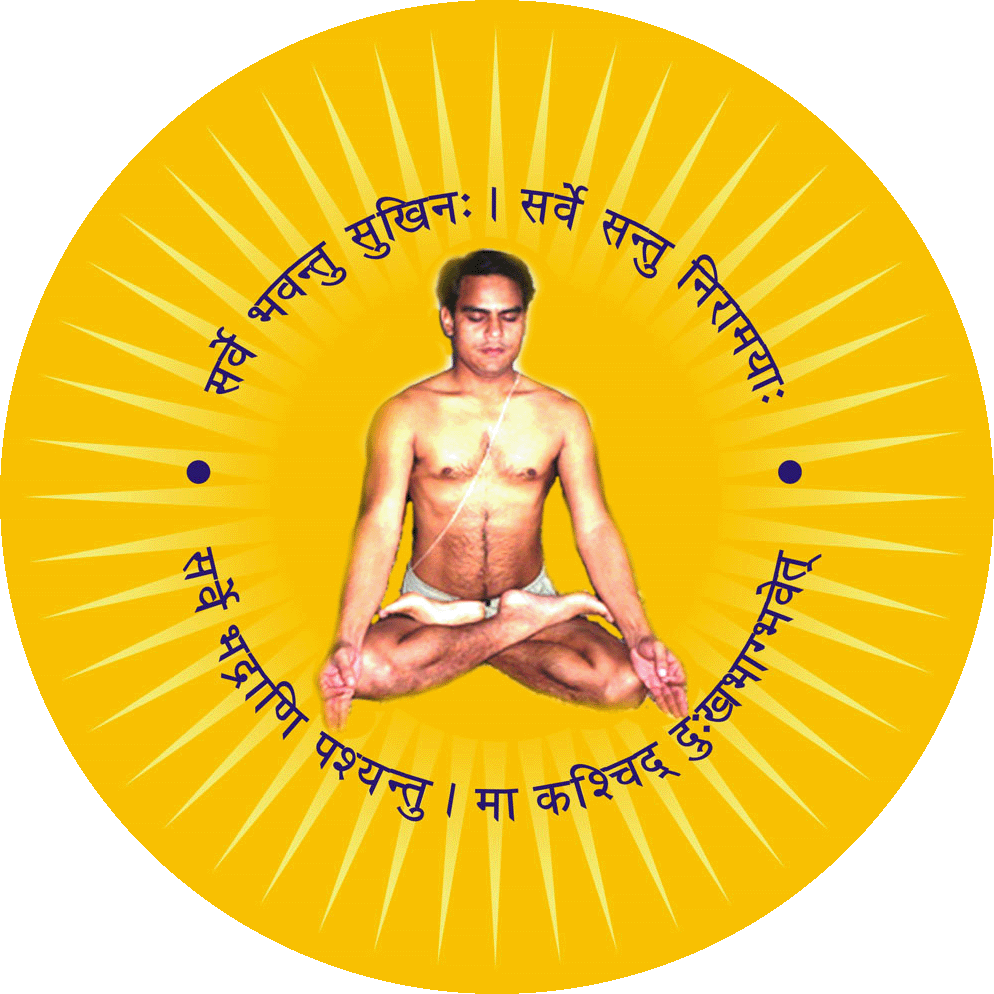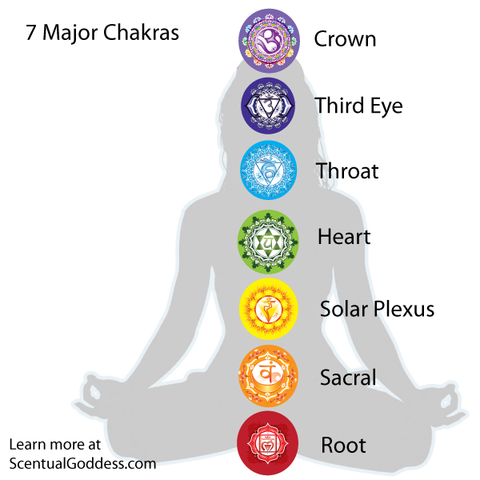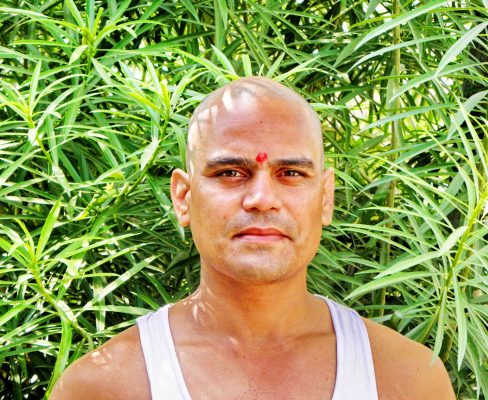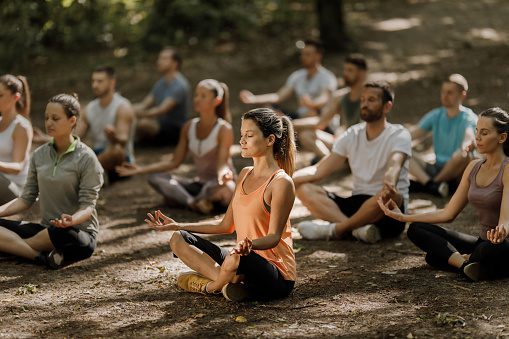Chakra Healing

Chakra Healing offers many physical, emotional and spiritual benefits. Those who practice it often experience a greater sense of purpose and meaning in their lives.
The root chakra, muladhara, is related to your basic needs like food, water and shelter. It’s also connected to your sense of grounding. Eat more earthy red-colored foods and wear or carry crystals like hematite and fire agate to heal this energy center.
Healing Techniques
Chakra healing techniques can help remove blockages and balance the seven energy centers in your body, promoting health and well-being. According to chakra expert Anodea Judith, these energy centers regulate your physical, emotional, and spiritual health.
When they are blocked or imbalanced, it can lead to pain, anxiety, and other physical and emotional problems. This is why it’s important to practice chakra balancing regularly.
Some of the most common techniques for promoting chakra wellness include deep breathing, crystal healing, and yoga. You can also use color therapy, as each chakra has a corresponding color. The more you work on balancing your chakras, the healthier and happier you will feel.
Meditation
Meditation is an excellent way to calm the mind and promote overall well-being. It can be used to heal chakras and bring balance to the body’s energy centers.
Start by finding a quiet space free from distractions. Sit in a comfortable position, and close your eyes. Focus on your breath and relax your mind and body.
Focus on the root chakra to feel rooted and secure in your life. Meditate on the sacral chakra to nurture your emotions and sense of sensuality. Spend time with the solar plexus chakra to build self-esteem and confidence. And, connect with the heart chakra to fortify your ability to love and be loved.
Yoga
Yoga is an excellent way to move energy through the chakras. Whether you practice a sweaty vinyasa class or a more restorative form of yoga, postures can help open and heal the seven chakras.
For example, the solar plexus chakra is opened by backbends like Boat Pose (Navasana). This pose helps boost confidence and set healthy boundaries. To open the heart chakra, try poses that encourage love and compassion such as Dolphin Pose or Fish Pose (Matsyasana). Poses that promote a strong sense of grounding can help open the root chakra, such as Mountain Pose. This posture strengthens the legs and bones, while balancing and grounding energy.
Food
Food is an important part of the chakra healing process because it provides the energy you need to survive. Chakra healing foods and liquids can help clear, recharge, heal and balance your chakra energy centers so you can enjoy a healthy mind, body and spiritual life.
The root chakra, represented by the color red, is linked to stability and the ability to connect with the Earth. To boost your root chakra try adding red-colored fruits and vegetables such as tomatoes, carrots and red apples to your diet along with dandelion root, ginger and sage.
The solar plexus, or Manipura, chakra is ruled by yellow foods that represent personal power and confidence. Eat foods that are rich in vitamin C such as mangoes, curry and oranges to keep this chakra balanced.
Crystals
Crystals are known for their purported healing properties, and they can help balance the chakras. Choose a stone that corresponds to your needs.
The heart chakra is associated with the colour green, and a blocked heart can cause issues like asthma, weight problems and insomnia. Try using healing rocks such as adventurine, rose quartz and amazonite to clear this chakra.
To use crystals, ask yourself what you would like to heal and then “program” the stone by holding it in both hands and thinking about your intention. You can then place it against the corresponding chakra area and get into your usual meditative state.
Nature Walk
A nature walk is an amazing way to recharge and refresh your mind, body and soul. Spending just ten minutes in nature can help you feel calm and grounded.
Nature walks are fun for kids and provide a unique opportunity for them to engage with the natural world. Encourage them to get messy, explore the shapes of things and play “I Spy.” They can collect items for an artistic project like bark rubbings or plant pressed art.
The Root Chakra is energized by the earth, so sitting in dirt or sand can be helpful. The Brow/Throat chakra is energized by the blue sky, so sungazing will also help.
What are Kundalini Chakras?
Kundalini chakras are an integral part of Kundalini yoga and the Kundalini energy system. Kundalini is a Sanskrit term that refers to the dormant spiritual energy located at the base of the spine. The goal of Kundalini yoga is to awaken and raise this dormant energy, allowing it to flow upward through the central energy channel of the body, known as the Sushumna.
Chakras, on the other hand, are energy centers within the body that are believed to correspond to different aspects of our physical, emotional, and spiritual well-being. In the Kundalini energy system, there are seven main chakras, starting from the base of the spine and extending to the crown of the head. Each chakra is associated with a specific color, sound, element, and various qualities and characteristics.
Here is a brief overview of the seven main Kundalini chakras:
Muladhara (Root Chakra): Located at the base of the spine, it represents stability, grounding, and basic survival instincts.
Svadhisthana (Sacral Chakra): Located in the lower abdomen, it represents creativity, sexuality, and emotional well-being.
Manipura (Solar Plexus Chakra): Located in the area of the navel, it represents personal power, self-confidence, and digestion.
Anahata (Heart Chakra): Located at the center of the chest, it represents love, compassion, and emotional balance.
Vishuddha (Throat Chakra): Located in the throat area, it represents self-expression, communication, and authenticity.
Ajna (Third Eye Chakra): Located between the eyebrows, it represents intuition, inner wisdom, and spiritual insight.
Sahasrara (Crown Chakra): Located at the top of the head, it represents spiritual connection, higher consciousness, and enlightenment.
In Kundalini yoga, the practices involve various techniques such as specific physical postures (asanas), breathing exercises (pranayama), meditation, chanting (mantra), and energy locks (bandhas) to stimulate and balance the chakras, thereby facilitating the awakening and upward movement of Kundalini energy. The awakening of Kundalini and the balancing of the chakras are believed to lead to spiritual growth, expanded consciousness, and a deeper understanding of oneself.
Why a chakra gets hyperactive?
A chakra can become hyperactive due to various factors. Here are some common reasons:
Emotional Imbalance: Emotions play a significant role in influencing the energy flow within the chakras. Excessive or unbalanced emotions, such as stress, anxiety, fear, or anger, can overstimulate a particular chakra and cause it to become hyperactive.
Trauma or Past Experiences: Traumatic events or past experiences can create energetic imbalances within the chakras. These imbalances can manifest as hyperactivity in certain chakras as a way for the body and energy system to cope with unresolved emotions or energetic disruptions.
Overactivity and Overstimulation: Excessive mental or physical activity, overworking, overthinking, or constantly being engaged in stimulating environments can overwhelm the energy centers. This overactivity can lead to a hyperactive state in one or more chakras.
External Influences: Environmental factors, such as electromagnetic radiation, noise pollution, or being surrounded by chaotic energies, can affect the balance of your chakras. These external influences can contribute to the hyperactivity of a specific chakra.
Spiritual Awakening or Growth: During periods of spiritual awakening or intense personal growth, the chakras can become more active as they align and expand to accommodate the increased flow of energy. This heightened activity is generally temporary and tends to balance out over time.
It’s essential to remember that chakras are interconnected, and imbalances in one chakra can affect the others. Therefore, it’s important to address the underlying causes of the hyperactivity and work towards rebalancing the entire chakra system to promote overall harmony and well-being.
How to calm down a hyperactive chakra?
Calming down a hyperactive chakra involves restoring balance and harmonizing the energy flow within that chakra. Here are a few techniques you can try:
Grounding and Centering: Begin by grounding yourself, which helps you connect with the present moment. Sit or stand with your feet firmly planted on the ground. Visualize roots growing from the soles of your feet deep into the Earth, anchoring you. Take slow, deep breaths, and imagine the excess energy from the hyperactive chakra flowing down through your body and into the Earth, allowing you to feel more centered and stable.
Meditation: Practice chakra meditation to bring balance to the hyperactive chakra. Find a quiet space where you can sit comfortably. Close your eyes and focus your attention on the specific chakra you want to calm down. Visualize it as a spinning wheel or a sphere of energy. Imagine the excessive energy slowing down and becoming more balanced and harmonious. You can also use calming affirmations related to that chakra, such as “I am balanced and at peace.”
Energy Healing: Seek out a professional energy healer or Reiki practitioner who can work with you to rebalance your chakra system. They can use various techniques, such as energy channeling or placing their hands on specific areas, to help restore equilibrium to the hyperactive chakra.
Physical Exercise: Engaging in physical activities can help release excess energy and bring about a sense of calmness. Choose activities that encourage grounding, such as walking, yoga, or tai chi. These practices combine movement, breath control, and mindfulness, which can help balance your energy centers.
Crystal Therapy: Crystals and gemstones are believed to have specific energies that can influence chakras. For a hyperactive chakra, you can use grounding stones like hematite, black tourmaline, or smoky quartz. Place the crystal on or near the chakra area during meditation or carry it with you throughout the day.
Remember that each person’s experience with chakras can be unique, and what works for one individual may not work the same way for another. It’s important to explore different techniques and find what resonates best with you. If you have concerns about your chakras or energy system, consider consulting with a knowledgeable energy healer or holistic practitioner for personalized guidance.
Where to learn Chakra Healing Course?
To learn about chakra healing, there are various options available depending on your preferences and learning style. Here are a few suggestions:
Local Healing Centers or Wellness Centers: Check if there are any local healing centers or wellness centers in your area that offer chakra healing courses or workshops. These centers often have experienced instructors who can guide you through the concepts and practices of chakra healing. Adwait Yoga School is a School of India, which provides authentic, scientific and effective Online and Offline Chakra Healing Courses.
Online Courses and Workshops: Many platforms offer online courses and workshops on chakra healing. Websites like Udemy, Coursera, and Skillshare provide a range of options taught by instructors with expertise in the field. Additionally, you can search for specific chakra healing practitioners who offer online courses or webinars.
Retreats and Workshops: Look for chakra healing retreats or workshops that may be happening in your region or even in other parts of the world. These immersive experiences often provide a comprehensive understanding of chakra healing, along with practical exercises and techniques.
Books and Resources: There are numerous books available on chakra healing that can serve as valuable resources for self-study. Some popular titles include “Eastern Body, Western Mind” by Anodea Judith, “The Chakra Bible” by Patricia Mercier, and “Wheels of Life” by Anodea Judith. These books can provide you with a solid foundation in chakra healing concepts and practices.
Local Spiritual or New Age Bookstores: Visit your local spiritual or new age bookstores, as they often have a section dedicated to holistic healing practices. You can find books, instructional CDs, or DVDs that cover chakra healing techniques and meditations.
Remember to research the credentials and reputation of the course instructors or authors before making a commitment to ensure you’re learning from trusted sources. Additionally, combining theoretical knowledge with practical experience through regular meditation and energy healing exercises will enhance your understanding of chakra healing.

















